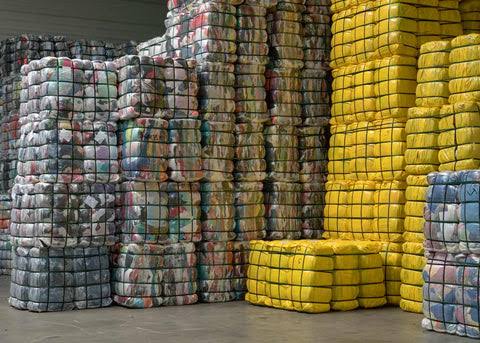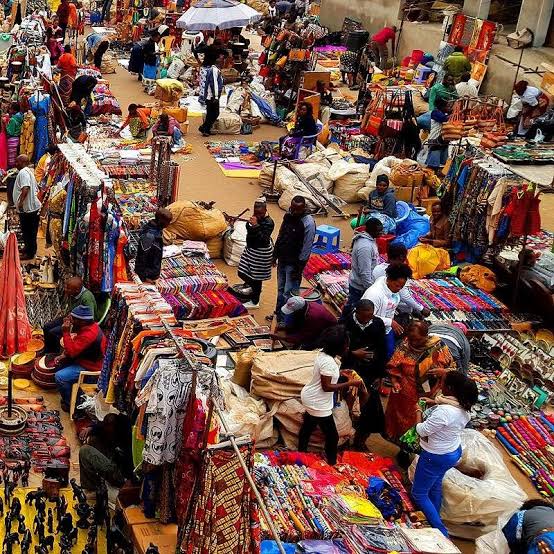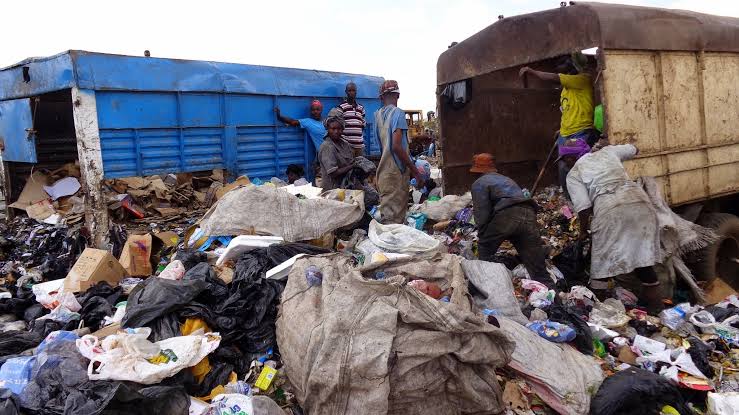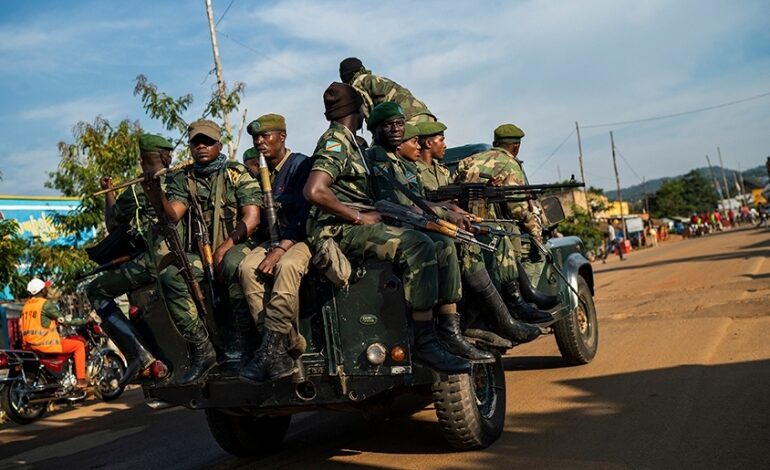
Faith Nyasuguta
A proposition by Kenyan presidential candidate Raila Odinga in his manifesto to eliminate trade of second-hand clothes, popularly dubbed ‘mitumba’ in Kenya, has sparked a debate on the future of the trade, with opinion divided on whether time has come to ban used clothes imports in the region.
Since 2016, the East African Community has pushed member states to purchase clothes and shoes made locally to boost local manufacturing, help the economies and shore up the local textile industry.
Kenya, Uganda, Tanzania, Rwanda and Burundi were to phase out the second-hand clothes trade by 2019 but only Rwanda has implemented the plan, introducing high taxes on mitumba imports to bar trade.
GRADUAL BAN

The private sector in the region says importation of used clothes should be phased out gradually to allow focus on growth of the local textiles and apparel sector.
“No country has transformed industrially without first protecting its local industry. If you look at the countries that have industrialised such as the Asian tigers (Singapore, South Korea), they had to protect their local industries. So when you allow mitumba, it means that you are killing the local industries,” said John Kalisa, CEO of the East African Business Council.
According to Kalisa, the EAC decision to gradually ban mitumba was right.
“It is a good decision by the EAC. If you want to grow your industrial base, you need to have the strategy in terms of import substitution.”
He adds that the biggest beneficiaries of the trade are the large exporters of second-hand clothing such as China, the US, Canada and Europe at the expense of local manufacturers and businesses.
JUNK IMPORTED

There are some concerns over the quality of clothes making it to local markets following the dumping of clothes waste from the West and “fast fashion” items from Asia.
Trader confessed that a number of the imports have turned to be unusable scraps, owing to junk purchases, as there is zero sorting done in the region. These end up in landfills.
Second-hand clothes traders in Kenya have petitioned the government to set up a sorting centre for re-exports, arguing it will cut costs incurred along the supply chain, create more jobs and contribute to national coffers.
Sorting centres, where used or pre-owned clothes are graded, have become prominent and influential for the trade. Here, sorted garments are compressed into bales of 50kg and exported. Unsorted clothes can only be compressed into bales of 500kg to 1,000kg, which then limits exports.
The Mitumba Association of Kenya notes that Africa needs more effective regulation of supply chains for second-hand clothes, which would include expansion of sorting centres at key strategic trading hubs such as Kenya.
“Mitumba clothes are sorted out first and the better graded used clothing is exported to Central American countries and the lower graded clothing is shipped to Africa and Asia,” says Teresia Wairimu, the chair of the lobby.
“If all second-hand clothes were sorted in Kenya rather than abroad, Kenya would gain up to 14,000 additional jobs.”
The association notes that such a sorting facility would allow Kenya to export clothing to high-demand markets in the US and Europe where there is growing consumer resistance to “fast fashion,” enabling the country to acquire foreign currency while reducing its trade deficit.
Kenya, one of the largest importers of second-hand clothing in sub-Saharan Africa, imported at least 185,000 tonnes or 8,000 containers of mitumba in 2019, according to a 2020 report by the Institute of Economic Affairs. Between 2015 and 2019, the country recorded a steady rise in mitumba imports, driven by demand for their use and re-export to other countries.
MAJOR EMPLOYER

A study conducted in April by the Mitumba Association of Kenya titled Global Production Networks of the Second-Hand Clothing Industry, showed that the second-hand clothing trade is a crucial contributor to the economy.
“Research shows the vital importance that mitumba has in producing employment opportunities, promoting environmentally responsible consumption and generating revenue for governments,” said Wairimu.
Commentators noted that the complete ban on mitumba is near impossible. Kenya backtracked on the ban after US lobbyists threatened to push Washington to change Kenya’s privileges under the Africa Growth Opportunity Act (Agoa), which allows developing nations a certain degree of market access.
In 2016, Rwanda raised tariffs on imported used clothes from $0.20 to $2.50 per kilo with an intention to eventually phase out imports.
The US, which was the biggest source of mitumba for Rwanda at the time, retaliated by ending the Rwandan duty-free export privileges in the US market.
“In Rwanda, there is what we call domestic market capturing. It is a form of import substitution strategy but in a diplomatic way,” said Kalisa, a Rwandan.
“This kind of arrangement provides some incentives and support for textile companies to produce and support the local market.”
Rwanda has done well in terms of promotion of light manufacturing, especially textiles.
“This is because they have a number of factories working under the special economic zones that are producing the products they used to import,” he explained.
Johnson Weru, Kenya’s Trade principal secretary, disclosed that the government is progressively investing in the value chains and growing of cotton to support revived textile factories such as Rivatex in Eldoret and Kicotec in Kitui.
“We are also promoting locally manufactured products through the Buy Kenya Build Kenya initiative, thus we are discouraging the use of second-hand clothing,” the PS said.
ENVIRONMENTAL CONCERNS

Those opposed to mitumba argue that since the introduction of second-hand clothing in Kenya, cotton production plunged to 7,000 tonnes annually, from a potential of 200,000 tonnes.
The country imports at least 11,000 tonnes of cotton from neighbouring countries to meet the export gap of 20,000 tonnes per year.
Also, because of the rise in re-use as a result of environmental concerns in the West, most high quality items now do not make it to Africa.
As a result, the bulk of imports today are cheap Chinese “fast fashion”, which contribute to the importation of waste.
RELATED
THE VALUE OF RAW COFFEE BEANS VS ITS END PRODUCT VALUE
Not until we produce, add value to products to meet consumer demands within and outside the continent – Africa will continue to get the raw end of the deal to the detriment of our people! LINK 👇🏿




